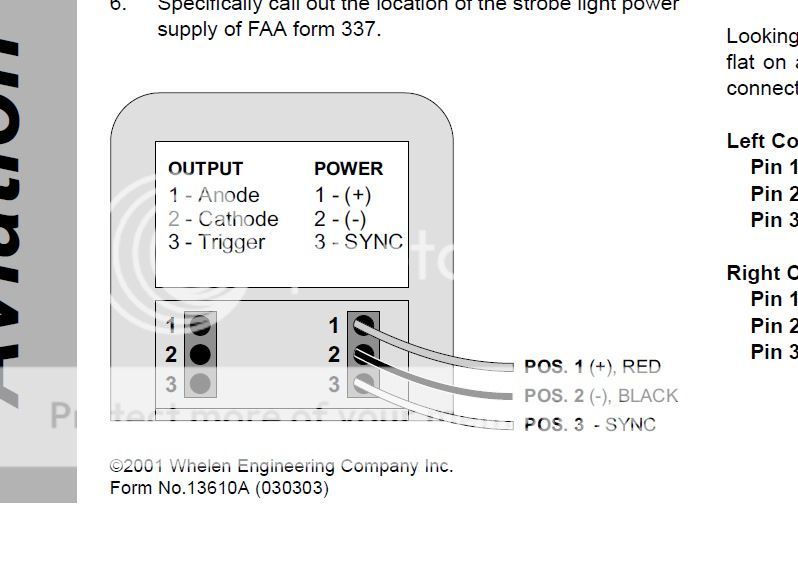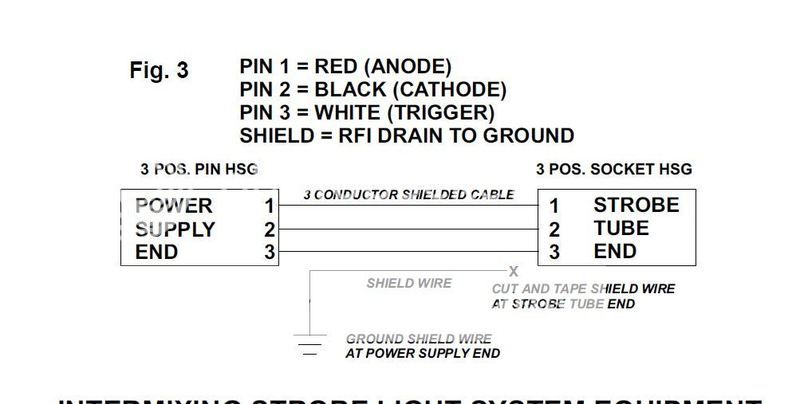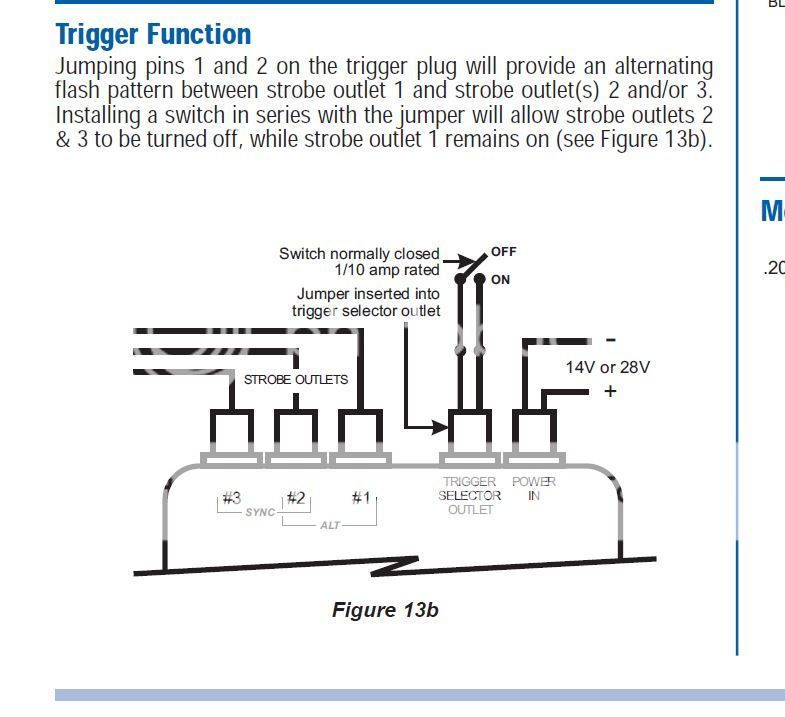flyingcheesehead
Touchdown! Greaser!
Hi all,
I have a dead tail strobe. The tube has been replaced, still not working.
It's relatively easy to access the power supply, so I got out the multimeter. Power is making it to the supply, and I'm getting high voltage (525ish) on the anode/cathode pins on the output. However, it appears that I'm getting nothing on the Trigger.
What sort of signal comes from the Trigger pin? I'm guessing it's normally zero, with a square pulse of some length every so often? What voltage would that pulse be, and would it be possible to see it on an average digital multimeter? I was showing zero VAC, so I switched to DC figuring that at least I would see it fluctuating, but I would imagine that if the pulse is a low enough voltage and/or short enough time that the multimeter could be faked out.
Thanks in advance for any tips!
I have a dead tail strobe. The tube has been replaced, still not working.
It's relatively easy to access the power supply, so I got out the multimeter. Power is making it to the supply, and I'm getting high voltage (525ish) on the anode/cathode pins on the output. However, it appears that I'm getting nothing on the Trigger.
What sort of signal comes from the Trigger pin? I'm guessing it's normally zero, with a square pulse of some length every so often? What voltage would that pulse be, and would it be possible to see it on an average digital multimeter? I was showing zero VAC, so I switched to DC figuring that at least I would see it fluctuating, but I would imagine that if the pulse is a low enough voltage and/or short enough time that the multimeter could be faked out.
Thanks in advance for any tips!





